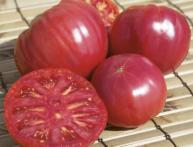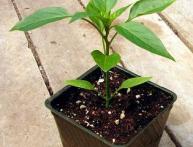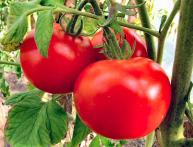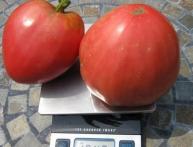Potatoes Rosalind
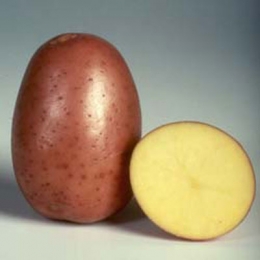
Gardeners are especially fond of early-ripening potato varieties, such as the Rosalind potato. Planting early-ripening varieties is very important, since recently, more and more often, many are faced with various problems with germination due to a changeable climate, lack of rain or, on the contrary, too rainy days, the emergence of new potato pests, as a result, the gardener spends a lot of effort on potatoes, but receives minimal return.
A way out of the situation may be to plant early-ripening potato varieties.
Rosalin potatoes have many positive properties:
- is resistant to nematodes, viral diseases and even cancer;
- have high frost resistance;
- quickly produces a harvest, approximately fifty days after the first shoots appear, it ripens completely, producing round-oval fruits with yellow flesh and pink skin;
- one plant produces approximately 16 tubers;
- can produce two harvests per season. To do this, the first planting of potatoes should be done immediately after the snow melts, when the soil is sufficiently moist (if frost hits, the plants just need to be hilled up), and two weeks after the first harvest, the potatoes should be planted again, but the soil should be moist;
- has good taste;
- produces yields above accepted average standards.
However, it is worth considering that Rosalind varieties tubers and tops are quite susceptible to the causative agent of late blight (a serious disease of potatoes, when brown spots appear on the leaves and the plant can die within 10 days, especially if the weather persists).
Before planting potatoes, they need to germinate and warm up; it is better to plant them with a distance of thirty cm between holes and maintain a distance of 75 cm between rows.

